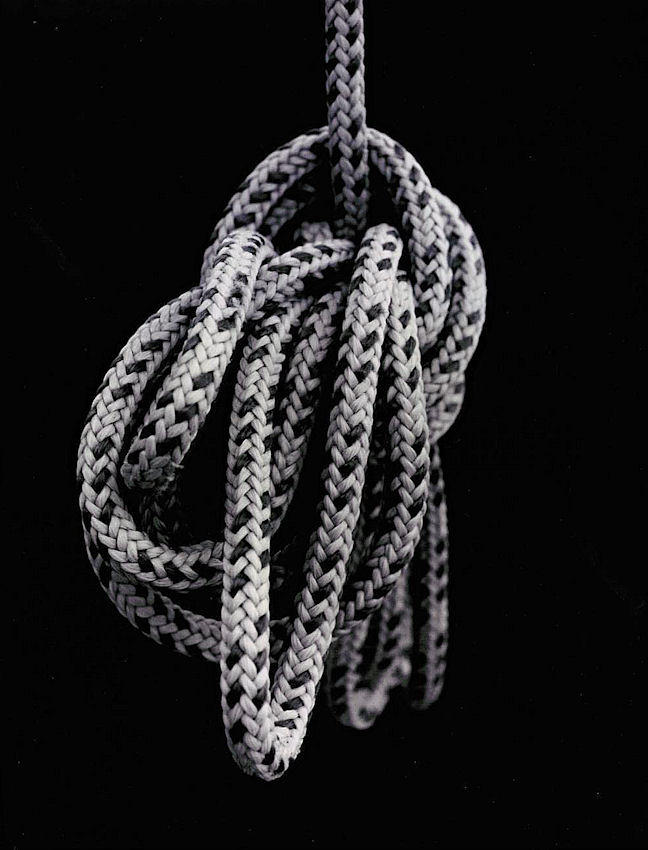Here are the suggestions.
First, I will start with something that might come across initially as criticism - it isn't intended that way!
1) When you started your project, it would have been a really good idea to plan for being able to have product that was shareable in digital form. Just as it is a great idea to have the characteristics of your printing paper in your mind when you expose your film.
2) It is a far from trivial task to convert work from film and paper based results to digital results. No matter which approach you take with the conversion, it requires equipment, knowledge and skill. If you are unwilling to pay to have others do the task for you, you will have to acquire that equipment, knowledge and skill.
3) I am assuming that the prints you have reflect the printing manipulations that you employed in order to achieve the results you wanted, and that you wish to share. That means you have three approaches available to you:
a) you can use a print scanner to create digital files from your prints as they are, and then use photo editing software like Photoshop to edit the resulting files into a satisfactory form;
b) you can re-print the prints you have on paper using techniques that optimize the results obtainable from scanning those prints, use a print scanner to create digital files from those prints, and then use photo editing software like Photoshop to edit the resulting files into a satisfactory form; or
c) you can scan the original negatives using a negative scanner, and then use photo editing software like Photoshop to edit the resulting files into files that mimic on the screen the prints that give you the results you wanted.
Options a) and b) require easily available scanners of reasonable cost. You don't need high dpi/ppi scans to scan print originals. The biggest limiting factor may be the size of your prints. If they are larger than 8.5" x 14", you will need either a rare and expensive scanner, or to learn techniques involving digital stitching, in order to split the scans into more than one part, and then combine them into a single file.
To get really high quality results from negative scans, you do need more expensive scanners, and the choices available are fewer.
This part is where I might give the impression that I am criticizing. If I were doing this, when I was preparing my presentation prints, I would also have prepared prints intended for scanning. They would have been on 8"x10" Satin finish RC paper (because it scans well) and, rather than having them mimic exactly the presentation prints, I would have narrowed slightly the tonal range, and printed them with slightly more open shadows and detailed highlights, in order to assist with the scanning process.
If prospective publishers decide to publish your work, they will have some very specific requirements for the digitization process. The files you send them on a memory stick won't be the files that get printed. Even if they have expensive, 4K monitors, their memory stick files should be significantly smaller and have less resolution than a file that is to be sent to a printer. You need to use your scans to prepare their review files - not the printing for publication files.
This should give you a lot to think about. Others here who are currently having photographic work published can provide you with more help, but I hope my post helps a bit.





